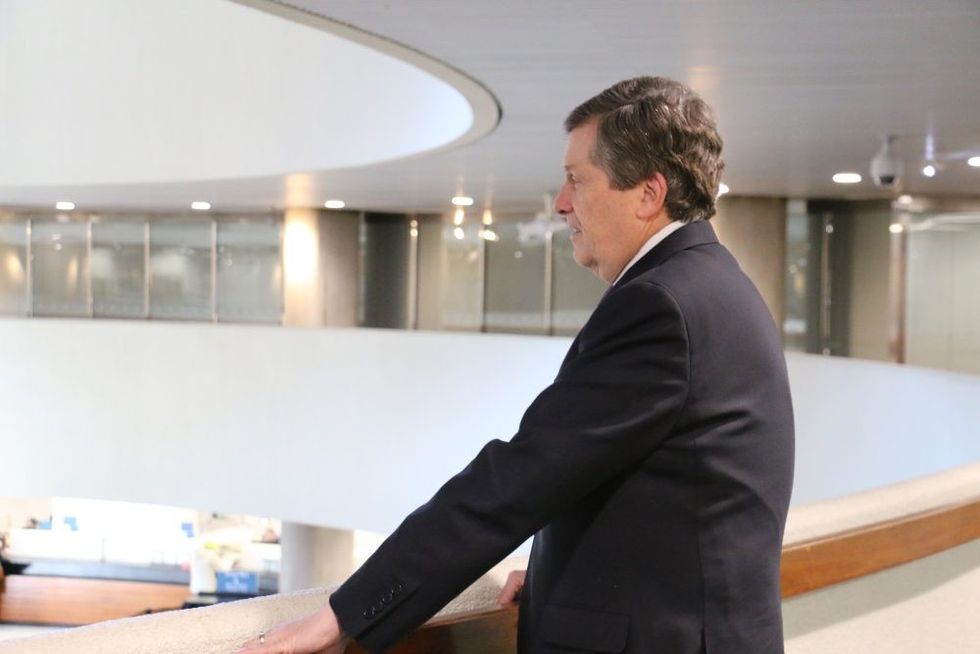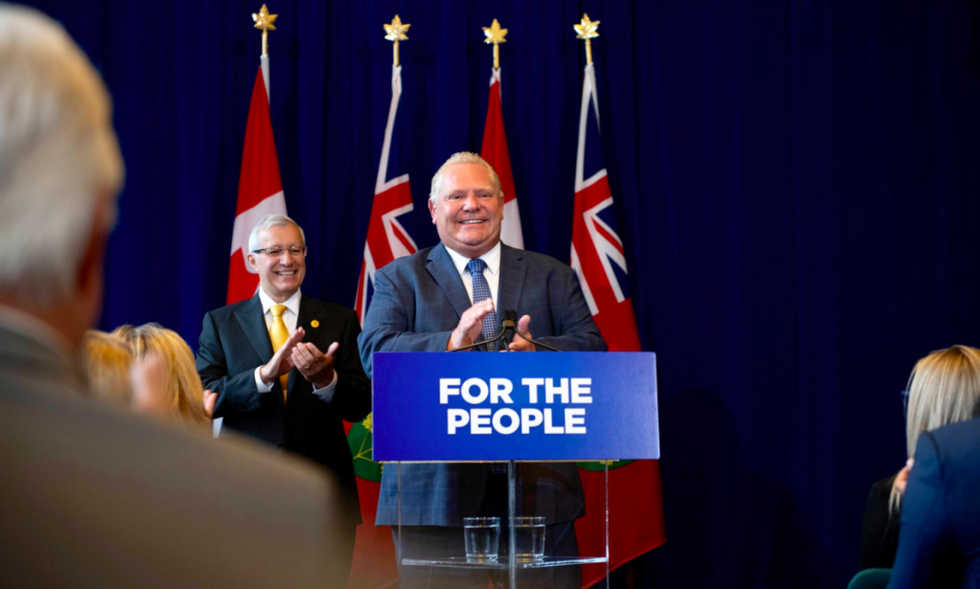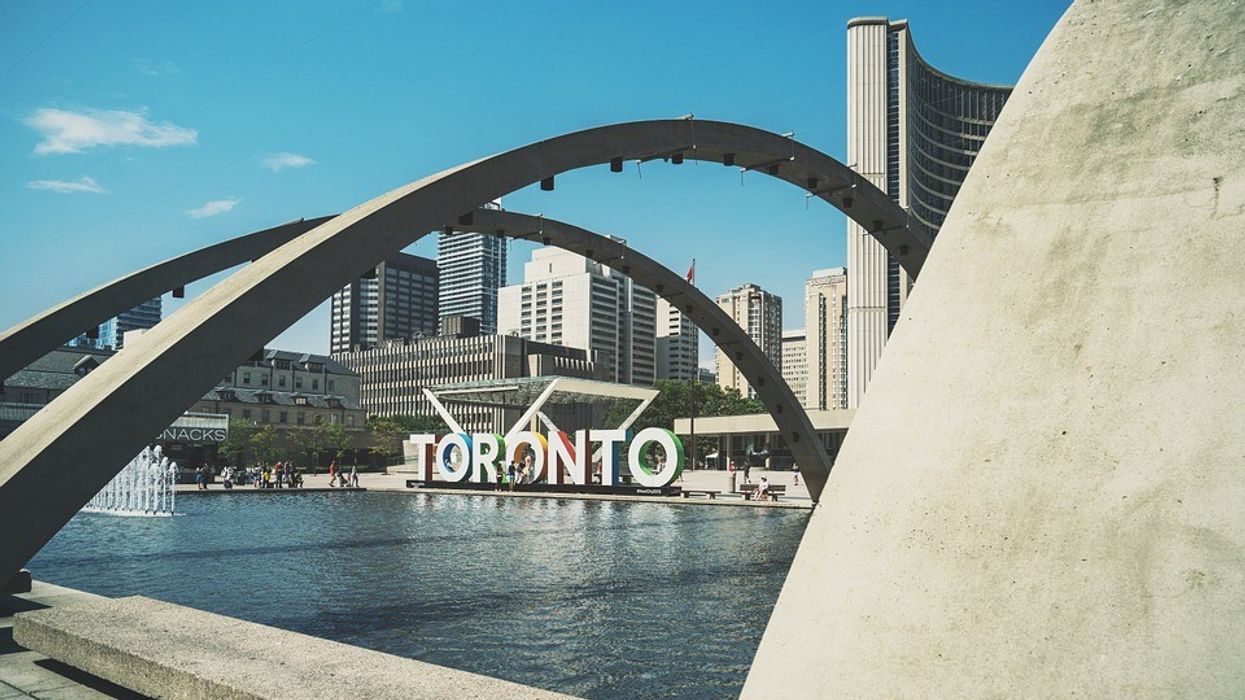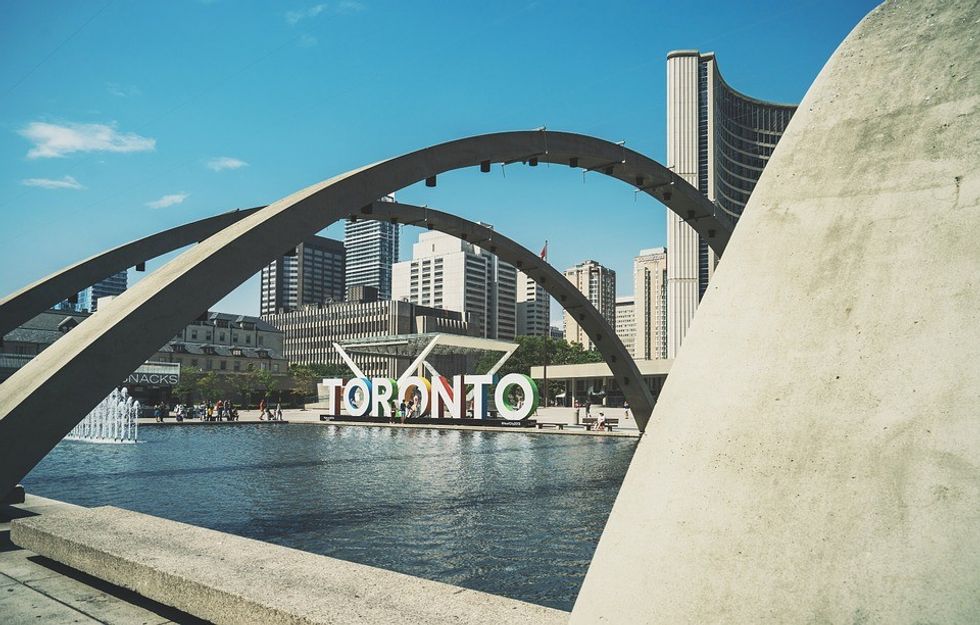First the good news: after Monday's civic election, Giorgio Mammoliti is no longer a Toronto city councillor.
The bad news: John Tory won a second term as mayor — and with a decisive 63.5 per cent of the vote.
Despite the controversy caused by Ontario Premier Doug Ford's reckless decision to cut council from 47 members to 25, the election actually changes little.
READ: Doug Ford, Donald Trump, Brett Kavanaugh … There’s No End Of Things To Be Angry About
In addition to Tory, a number of incumbents were re-elected, including right-wingers like Mark Grimes and Michael Ford in Etobicoke, as well as progressives Josh Matlow in North Toronto and Kristyn Wong-Tam downtown.
Tory conservative supporters will probably form a slight majority on council, but it remains to be seen whether he can live up to expectations.
His resounding victory means that the pressure will be on him to deliver on a number of fronts.

The big issues throughout the campaign were transit and housing affordability. But the same was true when Tory was first elected (over Doug Ford) in 2009. Since then, little has changed. Transit remains unreliable.
Last December, the TTC opened the extension of the Spadina subway to Vaughan, which predates the mayor. His own transit plan, SmartTrack, remains a mystery. Ironically, his only transit victory was the King Street pilot, a successful plan for which his main rival, Jennifer Keesmaat, also takes credit.
READ: King Street Pilot Success Clears Track For College Street Pilot Project
As for housing, it has grown more expensive than ever.
As the University of Toronto's David Hulchanski argued more than a decade ago in his famous Three Cities study, Toronto has become a city for the rich.
The middle-class and the poor are being pushed out to Etobicoke, Scarborough, North York and the suburbs beyond. At the same time, social housing has deteriorated badly, as all levels of government have withdrawn from the field.
Projects such as the hugely successful St.Lawrence Neighbourhood, planned and constructed in the 1970s, no longer happen. The revitalization of subsidized housing complexes such as Regent Park, Alexandra Park and Lawrence Heights is based on privatization. Developers rebuild subsidized housing but add enough full-market units to pay the freight.
There are other issues too.
Road safety, mental healthcare, gun violence, police oversight, and property taxes among the issues — but the big threat to Toronto now comes from the province.
READ: Doug Ford Promised Ontario This Housing ‘Plan’ Pre-Election: What Will Become Of It?
Conservative Premier Doug Ford has made it brutally clear that in his mind the city is his to do with as he pleases.
Problem is he's right.
The Canadian Constitution allows him to do exactly that.

In this country, as has often been noted, cities are creatures of provinces. Ford reminded Canadians what that means when he chopped Toronto city council in half after the municipal election had started. Though the city took the province to court over Ford's move, Queen's Park's power to intervene was upheld.
By the time Ford declared his willingness to invoke the notwithstanding clause, his attack on Toronto had become the subject of headlines coast to coast.
Ford has also talked openly about taking over Toronto's subway system, leaving bus and streetcar service to the TTC. His intentions, whatever they may be, have little to do the well-being of Toronto.
READ: How Doug Ford Exploits Ontario’s Growing Urban/Suburban Divide
He has made no secret of his desire to extend the subway east to Pickering and north to Markham. In the meantime, Ford has continued to ignore the Downtown Relief Line.
So does Tory.
That changed during the campaign when the mayor insisted work on the DRL has begun. In truth, it has never been one of his priorities. It's still in the very earliest of early design stages.
Tory's real interest remains the one-stop Scarborough subway extension, a project whose price exceeds $3.54 billion. And though he knows, he won't say by how much.
Perhaps the most hopeful part of the election was the introduction of ranked-ballot voting in London, Ontario.
Though Toronto council expressed interest in the concept in 2013, it ultimately rejected ranked ballots largely because of the efforts of then Etobicoke councillor, Justin Di Ciano, who felt they were too complicated for voters to grasp.
Given that less than a third of councillors won 50 per cent or more of the vote Monday night, the need for something more nuanced than the current first-past-the-post system is obvious.
READ: This Could Be The Newest Urban Neighbourhood To Rise Out of Mississauga
One councillor, Cynthia Lai, took her ward, Scarborough North, with just 5,589 votes, a paltry 27 per cent of ballots cast.
Of course, the turn out for municipal elections is traditionally low, typically below 40 per cent. In Mississauga, for example, Mayor Bonnie Crombie won a second term with 91,422 votes, 77 per cent of ballots cast.
As of 2016, Mississauga, Canada's sixth-largest city, had a population of 721,599. In Toronto, population 2.7 million, Tory got 479,659 votes.
It seems residents of both Toronto and Mississauga elect leaders they can forget about once they're in office. Whether that's because voters have faith in their chief magistrate's competence, or simply don't care, is up for debate.
In either case, it's something we won't have to worry about for another four years.






















